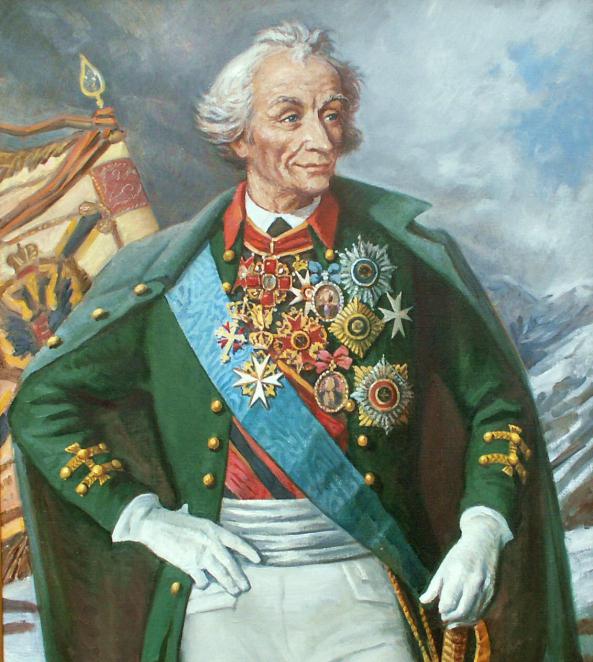There were not so many events in the history of our Motherland that completely changed its geopolitical position and legitimized the annexation of territories of great economic importance. One of these events was the Iasi Peace with Turkey, concluded on December 29, 1791. However, let's start in order.
A little background
From the very beginning of the existence of the Russian state, it was forced to defend itself from troubled neighbors. From the north and west, territorial claims were made either by the Swedes or the Teutons. From the south, the Crimean Tatars with their allies were alarmed by constant raids. And if the northern problem was solved with the conclusion of the Nishtad Peace Treaty in 1721, then the southern issue was on the agenda for another seventy years. No, attempts were made to conquer the Northern Black Sea coast earlier, the beginning was laid by the Crimean campaigns of Sophia Alekseevna, which ended in failure. Limited success can be considered the capture of Azov by Peter I, which meant the creation of a bridgehead in a southerly direction. However, Azov had to leave soon. The fighting broke out with renewed vigor in 1736, under Anna Ioannovna, then the Russian armies, led by Field Marshals Minikh and Lassi, alternately occupied Crimea, and then left it. And only under Catherine II, in 1771, Prince Dolgorukov finally separated Crimea from Turkey, making it independent ...

The war of 1787-1791
The independence of Crimea did not suit the Ottoman Empire, and it constantly made attempts to regain its power over the peninsula. The state of unceasing tension lasted more than fifteen years, and in 1787 a full-scale war broke out, the result of which was the Iasi Peace of 1791. Fighting unfolded throughout the Northern Black Sea coast and the lower reaches of the Danube. The Russian troops, led by A.V. Suvorov, captured many Ottoman fortresses, some of which were previously considered impregnable. In December 1788, under the blows of the troops of Suvorov and Potemkin, Ochakov fell. During the assault on the fortress, the Russian squadron under the command of Prince Nassau-Siegen distinguished itself and defeated the Turkish fleet. In 1789, Bender, Haji Bey (present-day Odessa) and Ackerman fell. In addition, Suvorov on the river Rymnik utterly defeated the superior forces of the Sultan, for which he was granted the title of Prince Rymniksky. In 1890, Kiliya, Isakcha, and Tulcha fell, and in December, Ishmael, considered impregnable, was conquered. During the assault on the fortress, the future great commander Golenishchev-Kutuzov distinguished himself. The next year, Machin won a decisive victory, and the Turks requested negotiations. Their result was the Iasi peace concluded in December 1791. Thus, the Great Porta fully admitted defeat.

Yassky world: the main provisions of the document
Negotiations with the Turkish Vizier Yusuf Pasha, which marked the end of the war, began in October 1791. At first, the head of the Russian delegation was Prince G. A. Potemkin-Tavrichesky, and after his death, on October 16, the post was taken by Count A. A. Bezborodko. Soon, the Iasi peace was concluded, named after the city of Iasi, where negotiations took place. According to their results, Russia received the entire Northern Black Sea Coast along with Crimea, as well as the interfluve of the Southern Bug and the Dniester. In addition, Georgia was recognized as being in the zone of influence of Russia. The Yassky world secured access to the Black Sea and gave an incentive to the development of coastal cities: Kherson, Nikolaev, contributed to the founding of Odessa.
Economic Consequences of a Peace Treaty
The conclusion of the Iasi Peace Treaty secured Russia's sovereignty over the northern coast of the Black Sea and for a long time secured it from the southern direction. Although the Caucasus and Crimea were still troubled, uprisings broke out, and even real wars were fought, this could no longer tear these lands from the Russian Empire. Economic expansion began in the Tauride steppes and Crimea. Commercial ports, shipbuilding yards were built, agriculture developed, cities grew. This increasingly tied New Russia to the Empire. And now the population of these places refers to the Russian world.